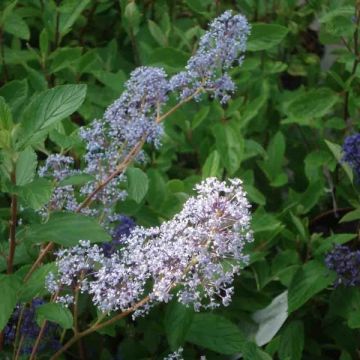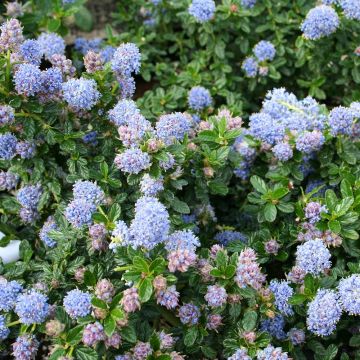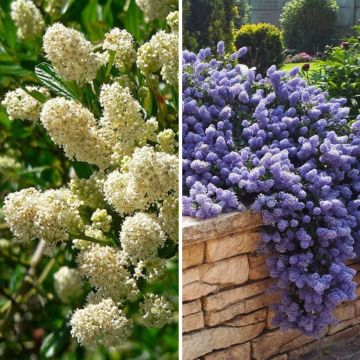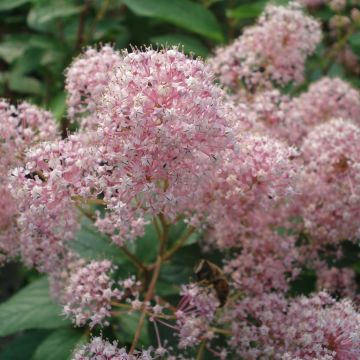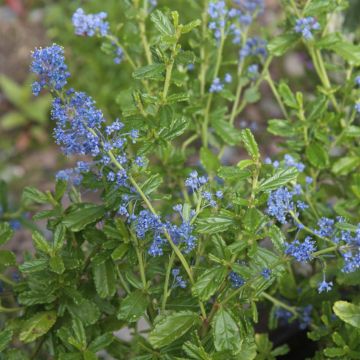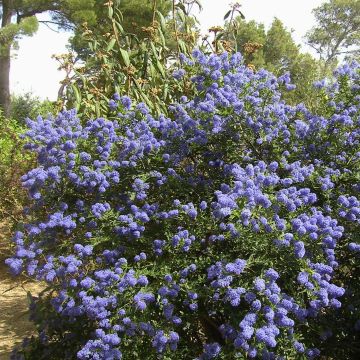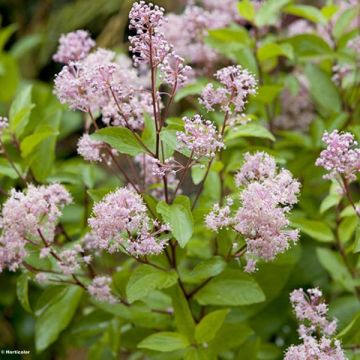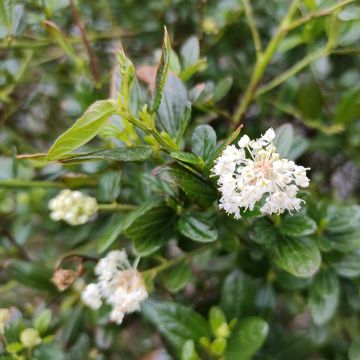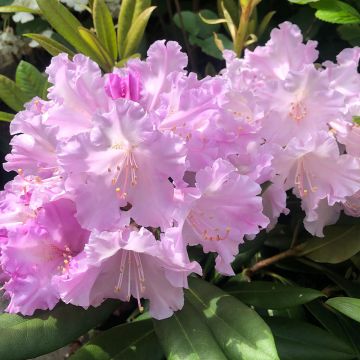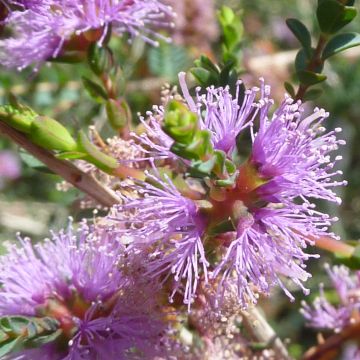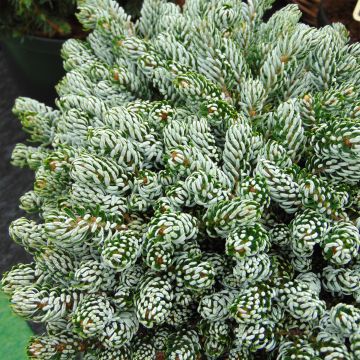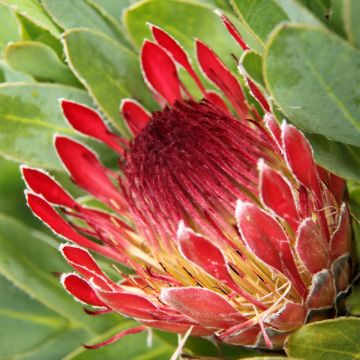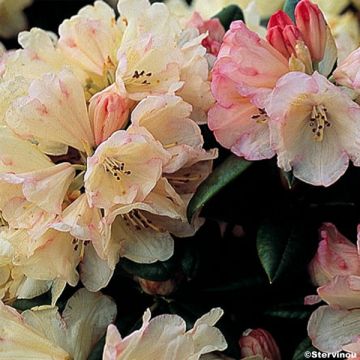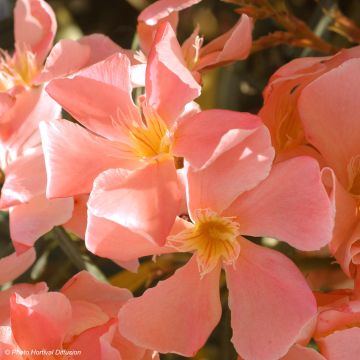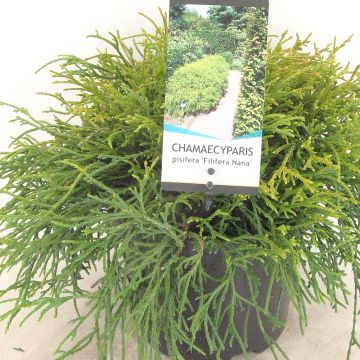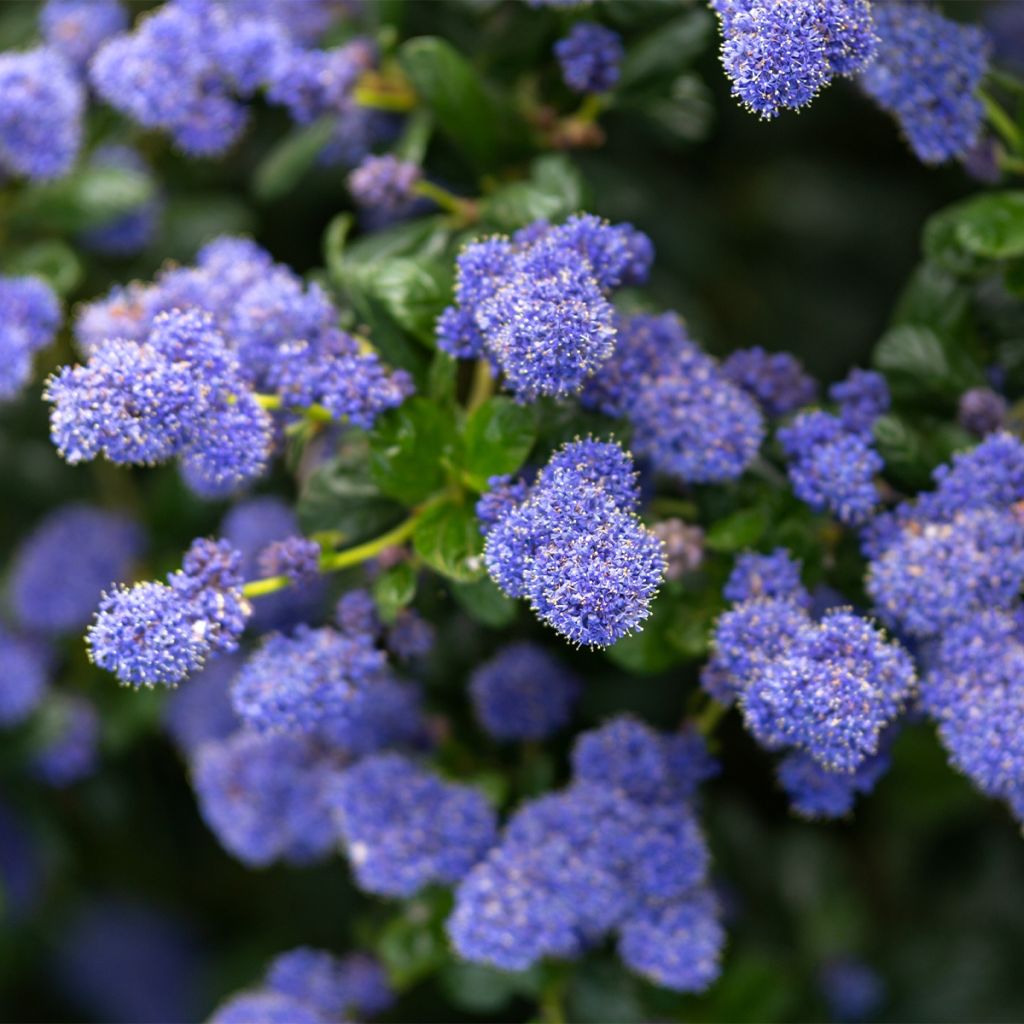

Ceanothus Autumnal Blue
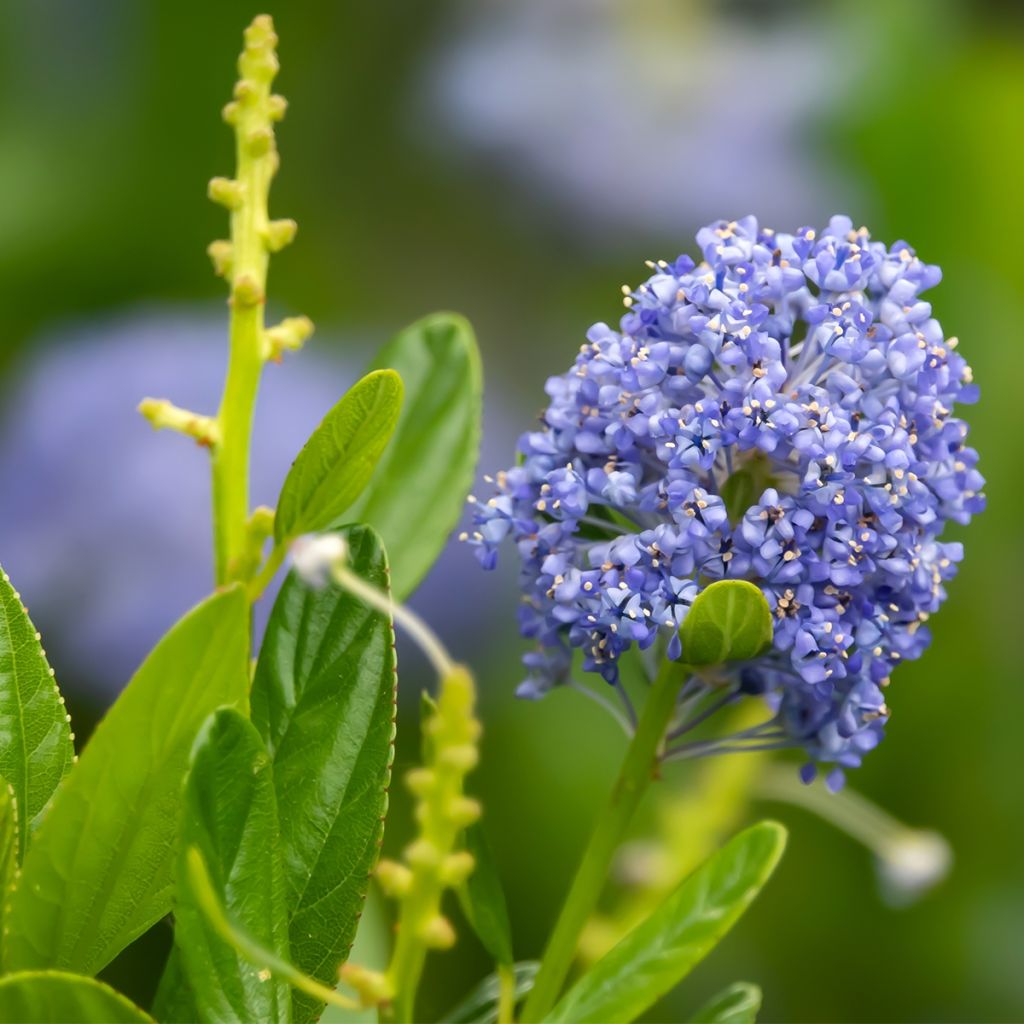

Ceanothus Autumnal Blue
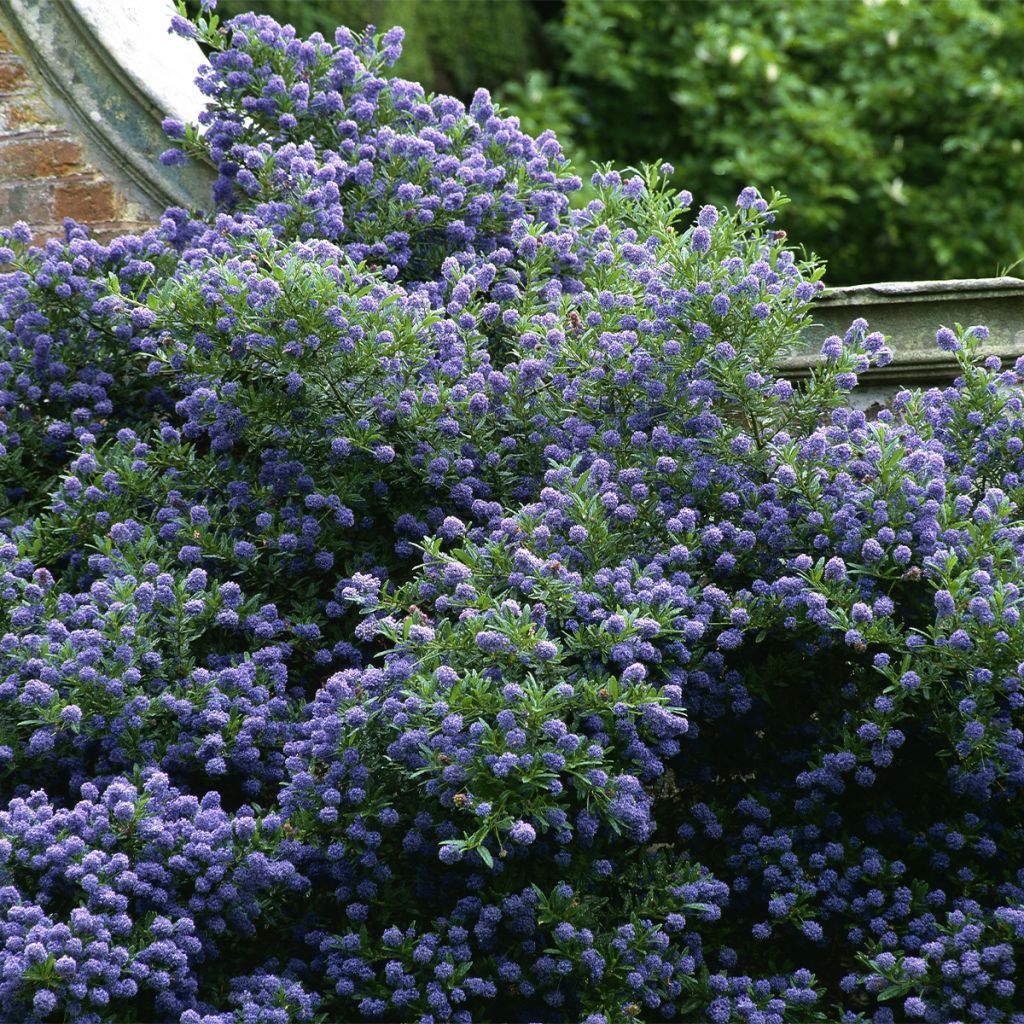

Ceanothus Autumnal Blue
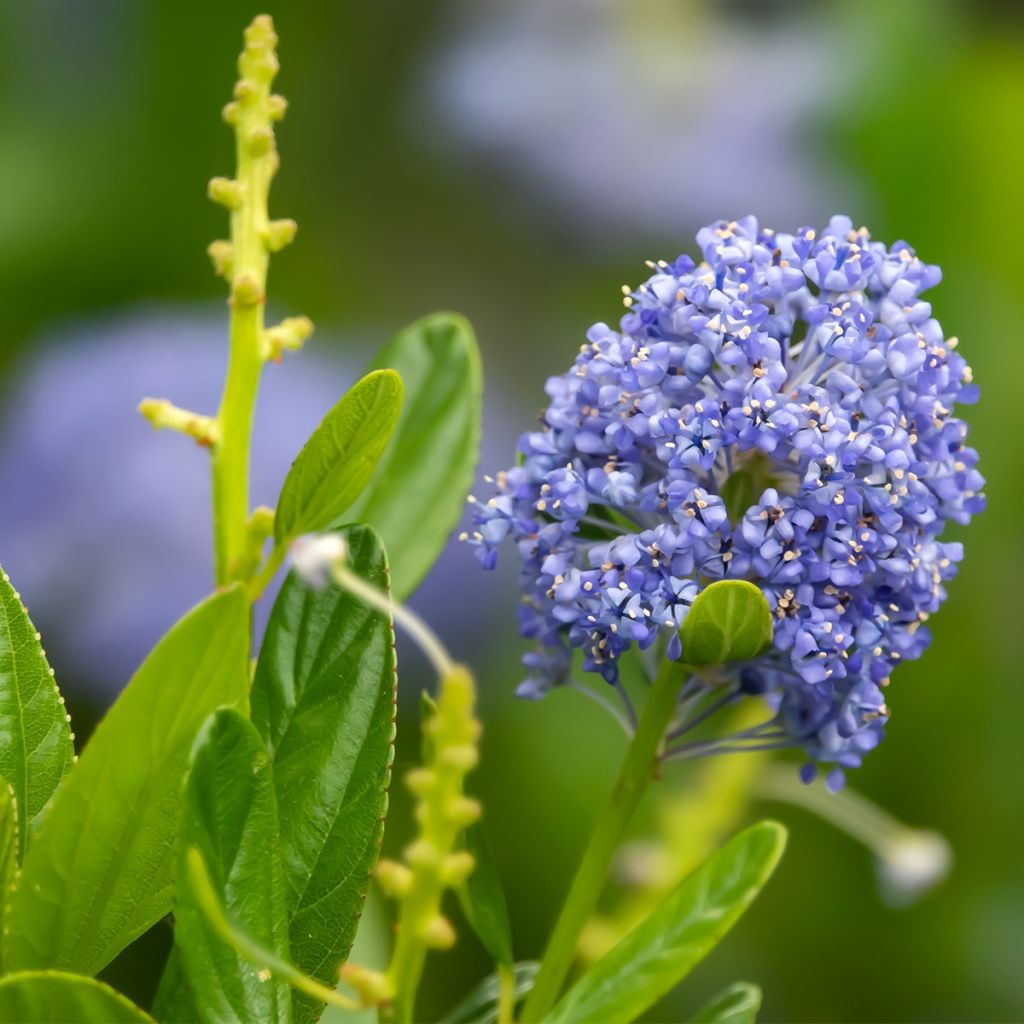

Ceanothus Autumnal Blue
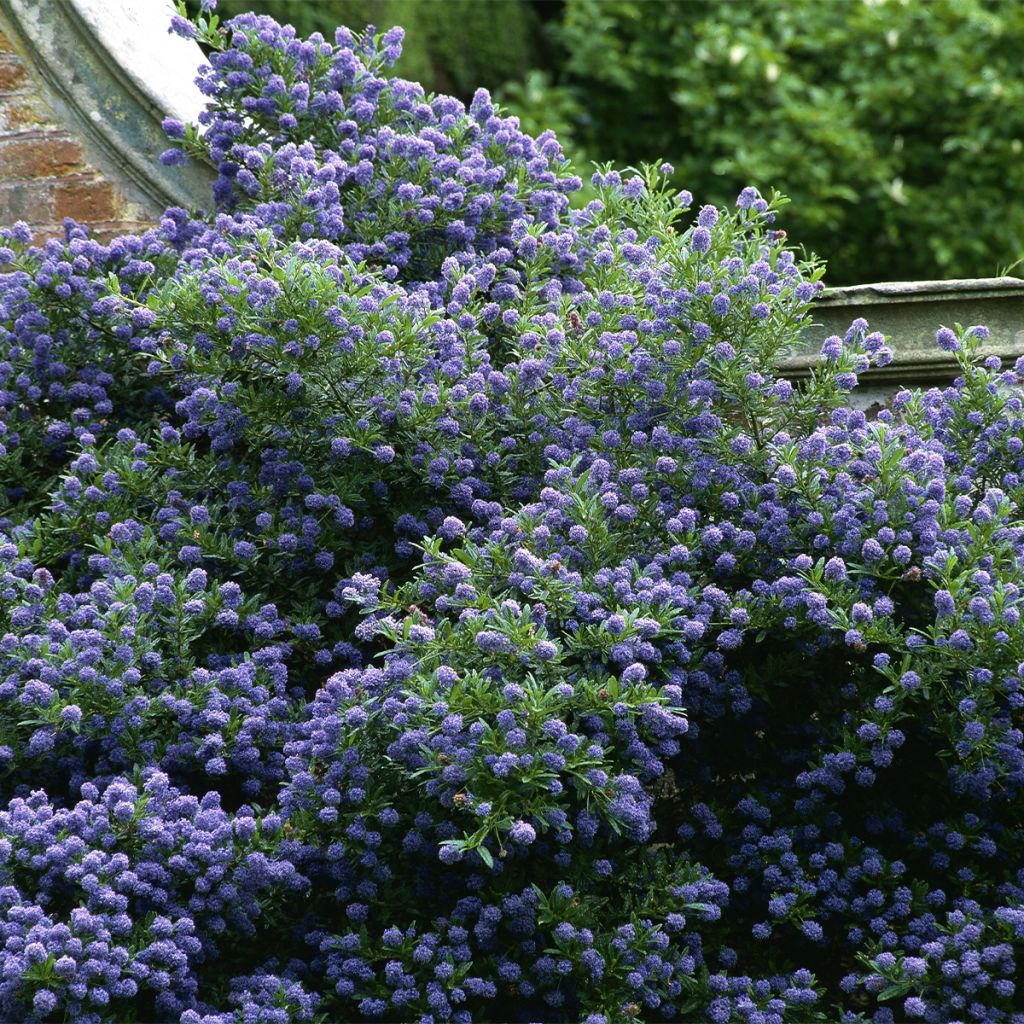

Ceanothus Autumnal Blue
Ceanothus Autumnal Blue
Ceanothus Autumnal Blue
California Lilac, Blue Blossom
Nice strong plant, well packed, thank you.
CK, 12/11/2024
This plant carries a 24 months recovery warranty
More information
We guarantee the quality of our plants for a full growing cycle, and will replace at our expense any plant that fails to recover under normal climatic and planting conditions.
From €5.90 for pickup delivery and €6.90 for home delivery
Express home delivery from €8.90.
Does this plant fit my garden?
Set up your Plantfit profile →
Description
The 'Autumnal Blue' Ceanothus is a hardy evergreen variety that can withstand temperatures as low as -7°C. It has a late brilliant and bright sky-blue flowering in panicles of 5 to 8cm (2 to 3.1in). This bushy Ceanothus has an upright habit and quickly reaches its mature size of 3m (10ft) tall with a spread of 2.5m (8ft). Its charming small glossy leaves are elliptical and dentate. As it tolerates poor soil, drought, and salt spray, the Ceanothus is particularly suitable for coastal and urban gardens. It thrives in warm and sunny locations and is best planted in regions with a mild climate, otherwise, it should be planted in a sheltered spot and trained against a south-facing wall.
Ceanothus belongs to the Rhamnaceae family and grows in dry and well-drained environments such as scrub vegetation. Once well-established, it can survive on rainfall alone. Constant moisture or daily or excessive watering after the plant is established will generally lead to its demise.
The 'Autumnal Blue' Ceanothus is a horticultural hybrid from Burkwood, England. The shrub has an initially upright habit, becoming bushy and sometimes a bit scruffy when left to its own devices. It grows rapidly but is relatively short-lived, living for no more than ten years. Its bright sky-blue flowers can appear in July in northern areas and from August to October elsewhere, in the form of panicles measuring 5 to 8cm (2 to 3.1in) at the tips of the branches. This abundant flowering attracts many pollinating insects at a time of year when there are fewer flowers available. It is followed by the formation of seeds which are explosively released. The evergreen foliage is composed of small alternate leaves measuring 3 to 4cm (1.2 to 1.6in) in length. This variety can tolerate light pruning of faded flowers and awkward branches.
Because of the ongoing love of blue flowers, horticulturists have 'invented' beautiful varieties of Ceanothus in recent years, which are easier to acclimatize and have smaller dimensions, suitable for our gardens and terraces. With good hardiness down to -7°C (19.4°F) in well-drained or dry soil, and very tolerant, the 'Autumnal Blue' Ceanothus is a beautiful plant, planted individually or in a mass planting of easy-care shrubs such as the Buddleia officinalis (pale pink, from February), the Fremontodendron californicum (April-May-June), the coronillas (April), shrubby cistus (Cistus laurifolius, May), as well as junipers and strawberry trees. The golden foliage of the Choisya ternata 'Goldfinger' placed in the foreground will contrast beautifully with its blue flowers. In a wild-style garden, consider associating it with the free-growing forms of Spanish broom, silver elaeagnus, rosemary, and pampas grasses, as well as the spiky silhouettes of yuccas. It can be used in mass plantings, as an informal hedge, in a dry garden or in coastal areas.
Report an error about the product description
Ceanothus Autumnal Blue in pictures
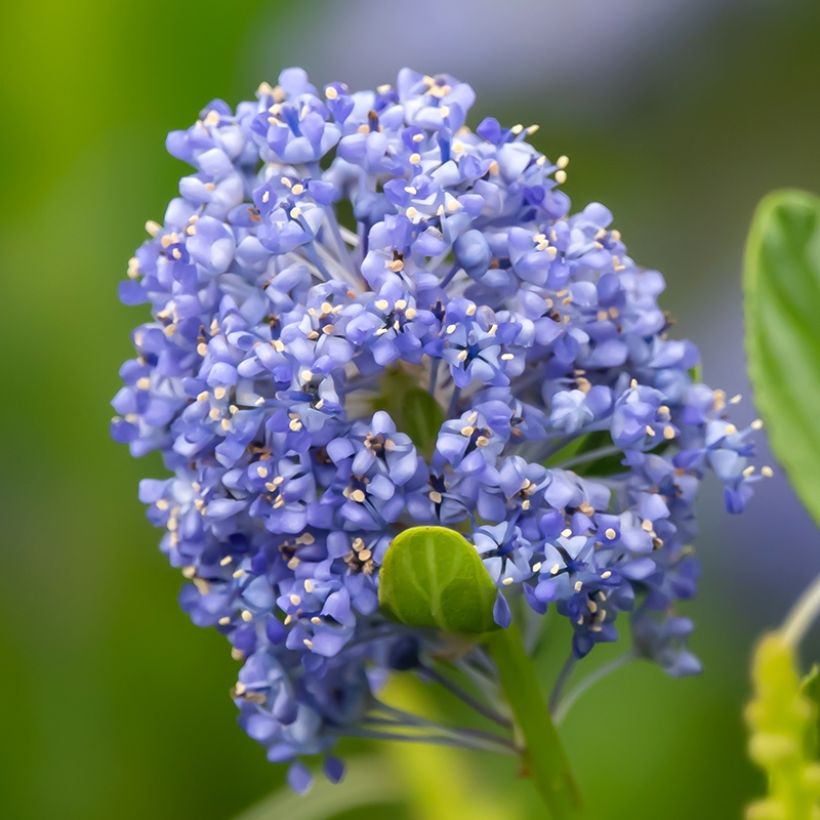

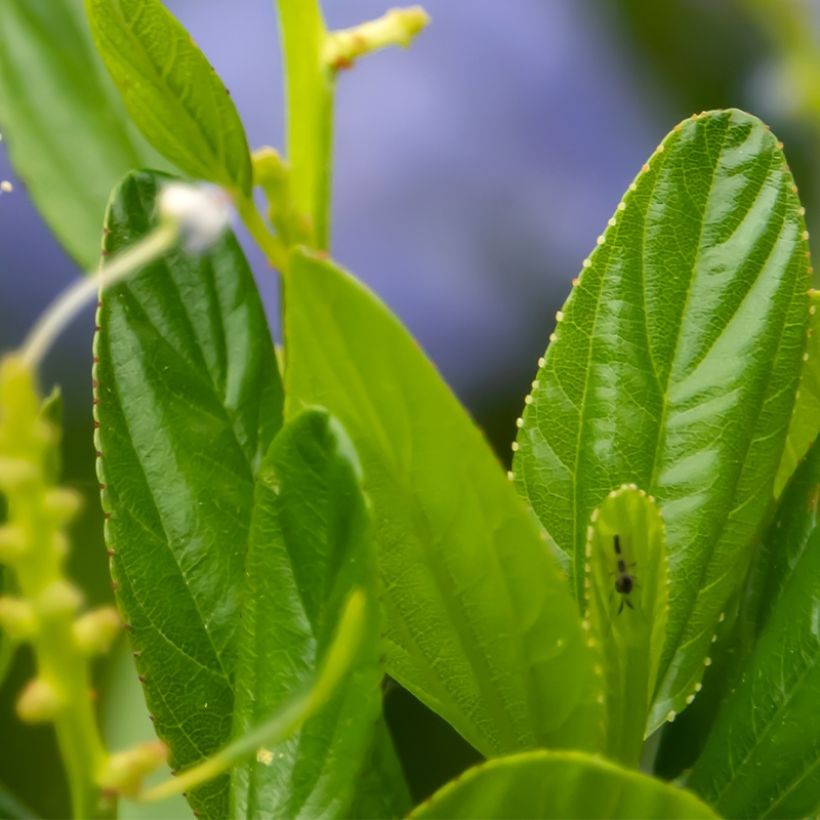

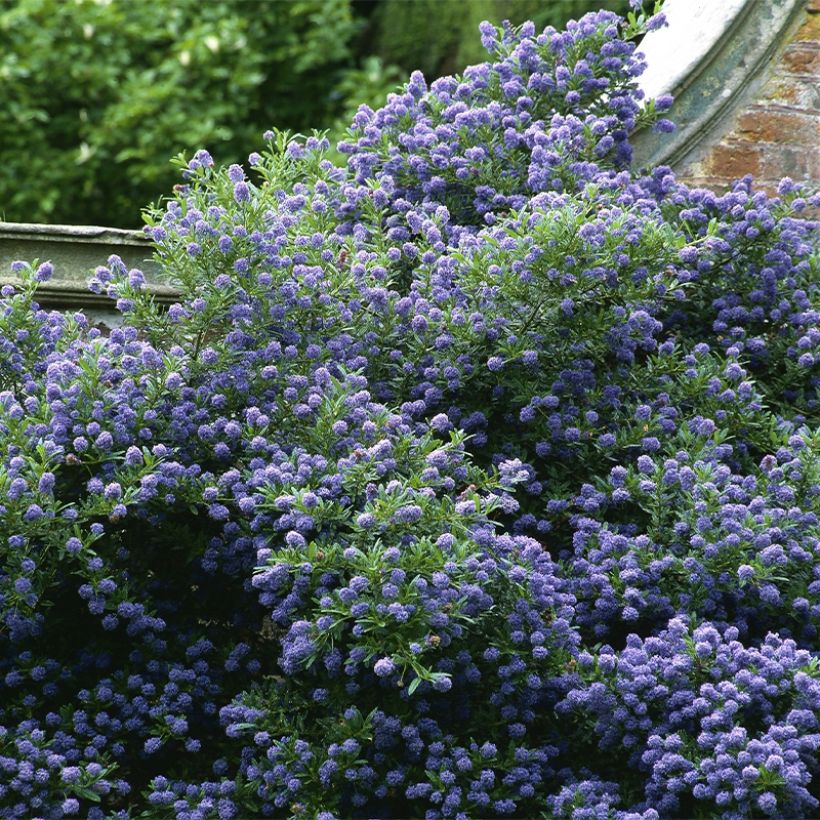

Plant habit
Flowering
Foliage
Botanical data
Ceanothus
Autumnal Blue
Rhamnaceae
California Lilac, Blue Blossom
Cultivar or hybrid
Other Ceanothus
Planting and care
Place the Ceanothus in a sunny or partially shaded (in the south or in a hot region) position. Plant them in regular soil that must be moist to dry in summer and well-drained. This variety 'Autumnal Blue' can withstand brief frost of around -7°C (19.4°F) once mature. It tolerates heavy and slightly alkaline soils very well if they are dry in summer. Beware of cold drafts which the bush does not like, it can be placed near a wall.
Plant it throughout the year, frost-free, mixing your garden soil with compost, coarse sand, gravel, perlite or any material that does not retain moisture. Water generously once or twice a week to promote growth. In hot and dry climates, planting in early autumn is preferable. Water only twice a month starting from the third year, and only in case of summer drought. It is a plant that requires very little maintenance and grows easily as long as the conditions are met. Moisture in the soil during the winter period, as well as in summer, is harmful to the plant. The combination of heat and humidity leads to the development of a fungus that attacks the bush's collar and will be fatal to it. In affected soils, it is better to plant the Ceanothus on a mound. You can lightly prune the stems after flowering to encourage the plant to branch out. Fertilizer is not recommended (just add a little bonemeal at the bottom of the planting hole).
Cultivation in pots:
Use a lightweight substrate, a mixture of garden soil, coarse sand, and compost. In summer, water abundantly but only when the soil is dry. The plant can be stored in a cool and bright place, with little or no heating, protected from severe frost in winter. Apply a slow-release fertilizer in spring and autumn.
Planting period
Intended location
Care
-
, onOrder confirmed
Reply from on Promesse de fleurs
Evergreen shrubs
Haven't found what you were looking for?
Hardiness is the lowest winter temperature a plant can endure without suffering serious damage or even dying. However, hardiness is affected by location (a sheltered area, such as a patio), protection (winter cover) and soil type (hardiness is improved by well-drained soil).

Photo Sharing Terms & Conditions
In order to encourage gardeners to interact and share their experiences, Promesse de fleurs offers various media enabling content to be uploaded onto its Site - in particular via the ‘Photo sharing’ module.
The User agrees to refrain from:
- Posting any content that is illegal, prejudicial, insulting, racist, inciteful to hatred, revisionist, contrary to public decency, that infringes on privacy or on the privacy rights of third parties, in particular the publicity rights of persons and goods, intellectual property rights, or the right to privacy.
- Submitting content on behalf of a third party;
- Impersonate the identity of a third party and/or publish any personal information about a third party;
In general, the User undertakes to refrain from any unethical behaviour.
All Content (in particular text, comments, files, images, photos, videos, creative works, etc.), which may be subject to property or intellectual property rights, image or other private rights, shall remain the property of the User, subject to the limited rights granted by the terms of the licence granted by Promesse de fleurs as stated below. Users are at liberty to publish or not to publish such Content on the Site, notably via the ‘Photo Sharing’ facility, and accept that this Content shall be made public and freely accessible, notably on the Internet.
Users further acknowledge, undertake to have ,and guarantee that they hold all necessary rights and permissions to publish such material on the Site, in particular with regard to the legislation in force pertaining to any privacy, property, intellectual property, image, or contractual rights, or rights of any other nature. By publishing such Content on the Site, Users acknowledge accepting full liability as publishers of the Content within the meaning of the law, and grant Promesse de fleurs, free of charge, an inclusive, worldwide licence for the said Content for the entire duration of its publication, including all reproduction, representation, up/downloading, displaying, performing, transmission, and storage rights.
Users also grant permission for their name to be linked to the Content and accept that this link may not always be made available.
By engaging in posting material, Users consent to their Content becoming automatically accessible on the Internet, in particular on other sites and/or blogs and/or web pages of the Promesse de fleurs site, including in particular social pages and the Promesse de fleurs catalogue.
Users may secure the removal of entrusted content free of charge by issuing a simple request via our contact form.
The flowering period indicated on our website applies to countries and regions located in USDA zone 8 (France, the United Kingdom, Ireland, the Netherlands, etc.)
It will vary according to where you live:
- In zones 9 to 10 (Italy, Spain, Greece, etc.), flowering will occur about 2 to 4 weeks earlier.
- In zones 6 to 7 (Germany, Poland, Slovenia, and lower mountainous regions), flowering will be delayed by 2 to 3 weeks.
- In zone 5 (Central Europe, Scandinavia), blooming will be delayed by 3 to 5 weeks.
In temperate climates, pruning of spring-flowering shrubs (forsythia, spireas, etc.) should be done just after flowering.
Pruning of summer-flowering shrubs (Indian Lilac, Perovskia, etc.) can be done in winter or spring.
In cold regions as well as with frost-sensitive plants, avoid pruning too early when severe frosts may still occur.
The planting period indicated on our website applies to countries and regions located in USDA zone 8 (France, United Kingdom, Ireland, Netherlands).
It will vary according to where you live:
- In Mediterranean zones (Marseille, Madrid, Milan, etc.), autumn and winter are the best planting periods.
- In continental zones (Strasbourg, Munich, Vienna, etc.), delay planting by 2 to 3 weeks in spring and bring it forward by 2 to 4 weeks in autumn.
- In mountainous regions (the Alps, Pyrenees, Carpathians, etc.), it is best to plant in late spring (May-June) or late summer (August-September).
The harvesting period indicated on our website applies to countries and regions in USDA zone 8 (France, England, Ireland, the Netherlands).
In colder areas (Scandinavia, Poland, Austria...) fruit and vegetable harvests are likely to be delayed by 3-4 weeks.
In warmer areas (Italy, Spain, Greece, etc.), harvesting will probably take place earlier, depending on weather conditions.
The sowing periods indicated on our website apply to countries and regions within USDA Zone 8 (France, UK, Ireland, Netherlands).
In colder areas (Scandinavia, Poland, Austria...), delay any outdoor sowing by 3-4 weeks, or sow under glass.
In warmer climes (Italy, Spain, Greece, etc.), bring outdoor sowing forward by a few weeks.

































